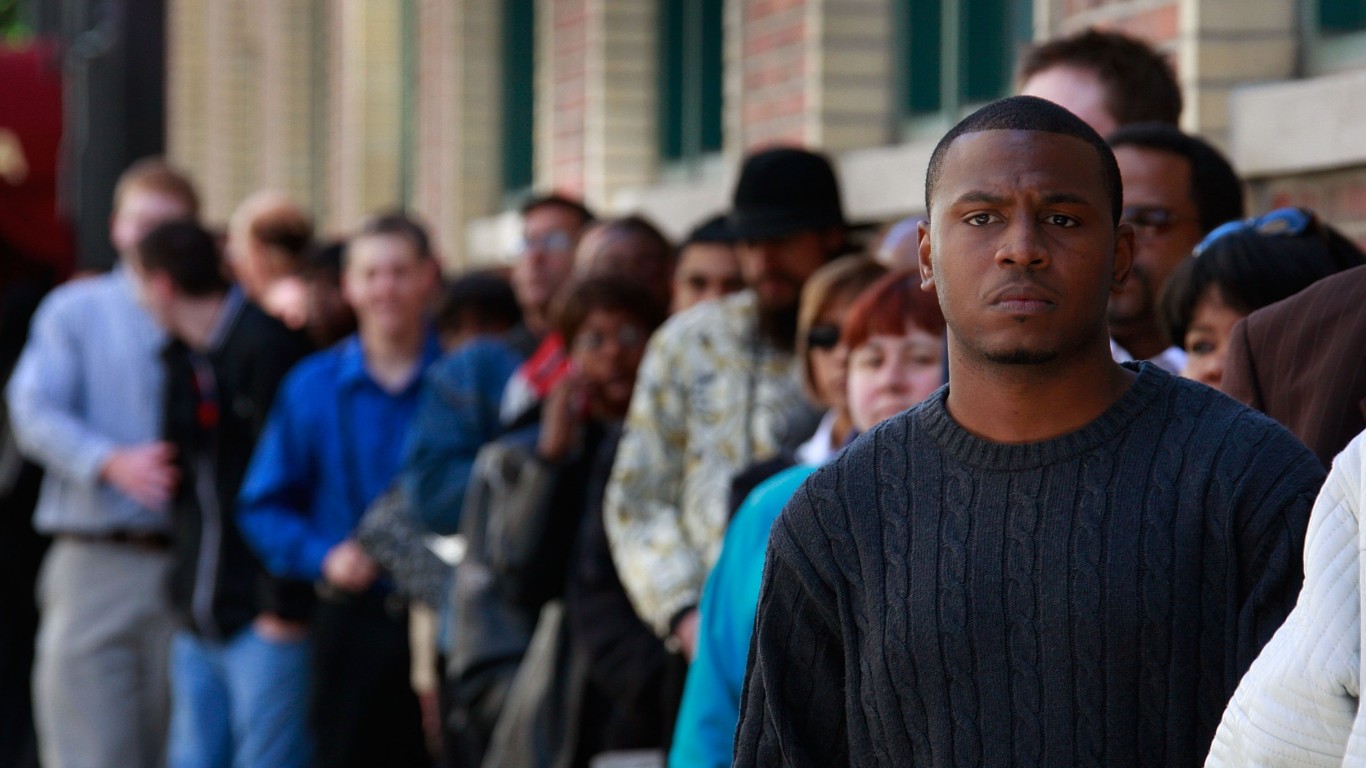
The BLS released its THE EMPLOYMENT SITUATION — JULY 2022. The most important information is that the jobless rate fell to 3.5% as the economy added 528,000 jobs. The over 20 million jobs lost in the COVID-19 driven recession have been entirely replaced and the jobless rate is back where it was in February 2020. The recovery is nothing short of remarkable, particularly because GDP dropped in both the first and second quarter.
The BLS takes several other cuts at job data. These include unemployment by city and state. And, the information is also analyzed by race. In July, Black unemployment was 6%. The jobless rate among Whites was 3.1%. The Black jobless rate is 94% higher than the White figure.
Unemployment among other groups were as follows. Male unemployment was 3.2% Among women, the figure was 3.1%. The figure was 2.6% for Asians, and 3.9% among Hispanics.
The reasons Black Americans have higher jobless rates than whites fall into several categories. The Economic Policy Institute reports that among the primary reasons are “racism” and single adult households where one person tries to care for children and hold a full-time job at the same time.
The American Progressive reports that the spread between Black and white jobless rates goes back to 1972 when the BLS started to gather monthly employment data. It gives incarceration, the rate of which is higher among Blacks than whites as another reason. “Mass incarceration plays a significant role in the lower labor force participation rate for African American men.” Educational attainment is another reason. Whites tend to graduate both high school and college at a higher rate than Blacks.
None of these reasons can be taken alone, according to many experts. They represent a web of problems Black Americans face as they try to enter the workforce. One thing almost all experts agree on is that they will not go away.
A study done by 24/7 Wall St. last year shows the deep problems can be further explained at the city level. Among the worst cities for Black Americans: “Black residents in these metro areas are much less likely to hold a high school diploma or college degree than white residents. Lower levels of high school attainment can drive down wages and make it more difficult to find a job.”
Based on all these factors, the gulf between Black unemployment and white is unlikely to change.
Are You Ahead, or Behind on Retirement? (sponsor)
If you’re one of the over 4 Million Americans set to retire this year, you may want to pay attention.
Finding a financial advisor who puts your interest first can be the difference between a rich retirement and barely getting by, and today it’s easier than ever. SmartAsset’s free tool matches you with up to three fiduciary financial advisors that serve your area in minutes. Each advisor has been carefully vetted, and must act in your best interests. Start your search now.
Don’t waste another minute; get started right here and help your retirement dreams become a retirement reality.
Thank you for reading! Have some feedback for us?
Contact the 24/7 Wall St. editorial team.



